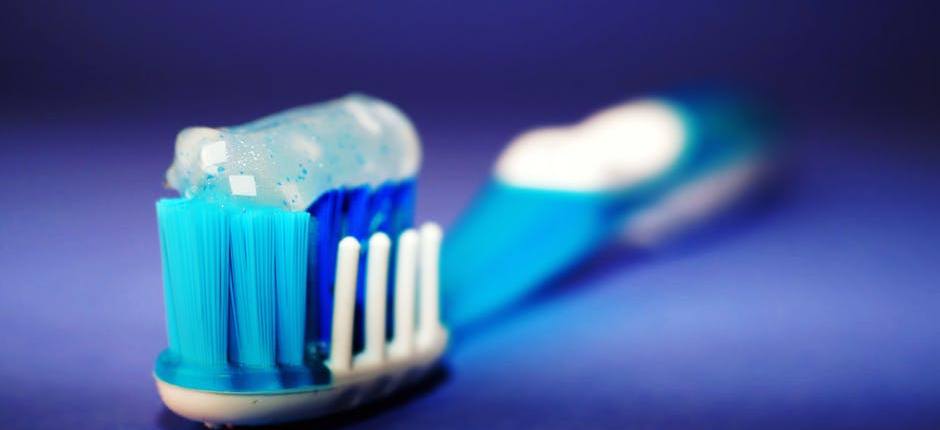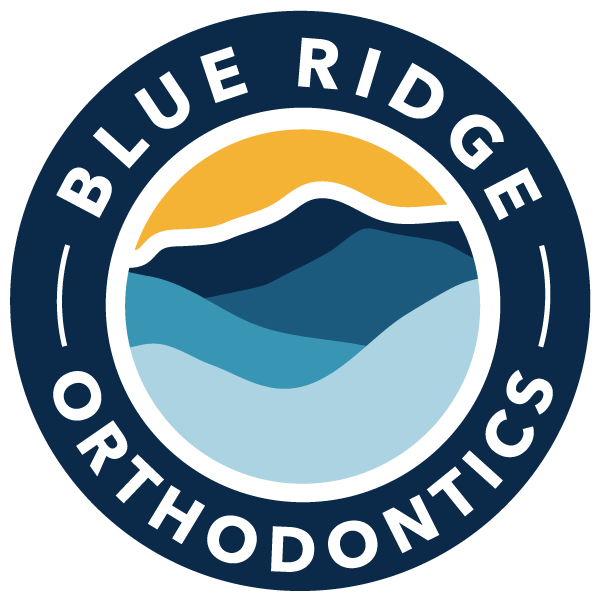The Ultimate Guide to Brushing Your Teeth with Braces
Have you ever heard someone say “…and eventually it’ll come as naturally as brushing your
teeth!” in regard to a new habit – such as eating a healthier diet or working out?
Brushing your teeth is a habit you’ve had ingrained since early childhood, so it’s fitting that people sometimes compare other good routines to dental hygiene. But once you get your braces, this seemingly simple habit becomes more complex.

If that’s the case for you, this is the ultimate guide to help you establish your new tooth-brushing routine.
Brushing
Before you got your braces, did you find any areas harder to reach with your toothbrush? That’s not unusual, as malocclusions and other orthodontic issues often create these problems.
Fortunately, you made the smart choice of investing in your smile and getting braces. Once your orthodontic treatment is complete, your teeth will be much easier to clean!
In the meantime, braces will make brushing your teeth a little more complicated. Don’t worry,
the team at Blue Ridge Orthodontics is here to help! Here are some steps that will help you
through the process:
Step 1 – Choose a Good Toothbrush
A quality electric toothbrush is often a great idea – both when you have braces and just in
general. However, you don’t have to have one to do a great job brushing. A soft-bristled brush
that’s gentle on your gums, teeth and braces will work well, too. You also should use the
interdental toothbrush (Proxibrush) that we give you to get underneath your wires and around
your brackets.
Don’t hesitate to show us your toothbrush or ask for a replacement Proxibrush if you lose
yours! We want to make sure you’re using all the right tools.
Step 2 – Brush Gently, But Thoroughly
You’re probably used to brushing your teeth twice a day: once in the morning and once before
bed. Perhaps sometimes you sneak in a third brush before an important event like a birthday
party, presentation for school, date or business meeting!
(Remember, adults often get braces too. We know our young patients aren’t headed to board meetings… or on dates!)
However, once you get braces, it’s recommended you brush your teeth after every meal or
snack.
Here’s how:
- Rinse your mouth with water to get the loose or large particles out before you even start
brushing. - Get your toothbrush wet and apply a toothpaste that contains fluoride.
- Make sure not to use a whitening toothpaste, since it’ll only whiten the area of the teeth NOT covered by your braces and you’ll wind up with little darker patches where the brackets were.
- If you’d like tips on choosing your toothpaste, any of the Blue Ridge
Orthodontics team is here to help.
- Put your toothbrush at a 45-degree angle to your gums and brush the parts of your teeth
above the braces. - Gently move your brush back and forth – or if you have an electric toothbrush, move it
slowly forward or backward as it does its work. - Repeat for:
- the parts of your teeth below the braces
- the brackets themselves
- the biting surfaces of your teeth
- the backs
- Brush thoroughly for 3 to 5 minutes (at least).
- Remember “thoroughly” doesn’t mean “aggressively.” Brushing too vigorously is
bad for your enamel and gums; it can even lead to periodontal problems and cavities on the roots of your teeth.
- Remember “thoroughly” doesn’t mean “aggressively.” Brushing too vigorously is
- Don’t forget to brush your tongue, too!
These step-by-step videos are also helpful!
If for any reason you can’t brush after you eat, make sure to drink lots of water and/or rinse your
mouth out.
Step 3 – Follow Up with Mouthwash
A hydrogen peroxide antiseptic mouthwash can do for your gums and inside of your cheeks
what hydrogen peroxide can do for shallow cuts and skin problems:
- Reduce inflammation
- Prevent infection
- Decrease irritation
- Help with the healing process
Peroxyl is a great brand of mouthwash to use while you have braces. It can help heal canker
sores, cheek bites and other temporary injuries to your gums.
Your braces shouldn’t be jabbing you or cutting the inside of your mouth. If you experience
anything like this, let us know right away so we can fix that wire or bracket! However, little gum and cheek irritations can happen sometimes, and a good offense is your best defense.
To use Peroxyl or another brand of antibacterial mouthwash, rinse your mouth with two
teaspoons up to four times daily, following your normal brushing routine.
Step 4 – Fight with Fluoride
As you likely know, fluoride strengthens the enamel of your teeth, preventing damage and tooth
decay.
You likely already use a toothpaste with fluoride, but adding a post-brushing treatment can be a good idea, too. One effective brand is Phos-Flur, a sodium fluoride gel that kills bacteria and replaces minerals in tooth enamel. Unlike brushing and using mouthwash, you should only use a fluoride treatment once a day at bedtime.
These four steps to brushing will help keep your smile sparkling and healthy! Remember to be
consistent with your routine and to abstain from any kind of whitening. (That can be your treat to yourself when the braces come off!)
Flossing
Our Asheville orthodontics team is going to be honest with you: flossing with braces is not what most people consider a delightful task. It takes some getting used to and the braces will require even more time to adequately maneuver. That being said, it’s even more important than ever!
Luckily there are two great options for flossing with braces.
Option #1 – Glide Threader Floss
Glide Threader Floss comes in individual pieces, rather than in an enclosed spool. Each piece has three parts:
- A straight, stiff end that’s still somewhat bendable
- A section of thicker, spongy material
- A normal floss end (significantly longer than the first two parts)
You use the stiff end to get under the wire and between the two teeth. Once the floss is where it needs to be, you can proceed as usual, making a C-shape against each tooth.
Option #2 – A Floss Threader
A floss threader is made of similar material as the stiff end of a piece of Superfloss. Use the floss threader to “thread” your piece of dental floss under your wire and proceed as usual.
Since it’s easier for food to get stuck when you have braces, it’s a great idea to floss after every meal. However, be sure that you’re being gentle and not damaging your gums. If flossing after every meal isn’t feasible, make sure you’re flossing at least once a day. And don’t forget to rinse your mouth with water after you’re done!
Retainer Care
After your braces come off, it’s important to make sure all your hard work results in a lifetime of straight, beautiful teeth! That means wearing a retainer.
One big plus of wearing a retainer is that it’s far easier than having braces. You only wear them when you sleep at night time.
Optimally you should clean your retainer once a day. Here are some great retainer care tips:
- Brush your retainer with non-whitening toothpaste after brushing your teeth. This way, you’ll establish an easy-to-remember routine.
- Disinfect your retainer by soaking it in hydrogen peroxide or Retainer Brite.
- Rinse your retainer with regular water afterwards.
- Put it back in your mouth to protect that straight smile!
- Make sure to never:
- Scrub it with whitening toothpaste, which can damage the surface
- Over-soak
- Use vinegar instead of Retainer Brite or hydrogen peroxide
- Expose your retainer to excessive heat
- Put it somewhere where a pet or small child can reach it
Please remember how important your retainer is! It’s a lot easier to care for than braces, but
equally important.
Conclusion
We hope you’ve enjoyed the ultimate guide to brushing your teeth with braces! We know that
the extra minutes spent on oral care while you have braces might be tedious, but we promise
they are worth it. Just think about that gorgeous, healthy smile you’ll be rocking in the very near future!
If you have any questions or would like to schedule a free consultation at our Asheville office, please call us at 828-585-6045 or email us at [email protected].


